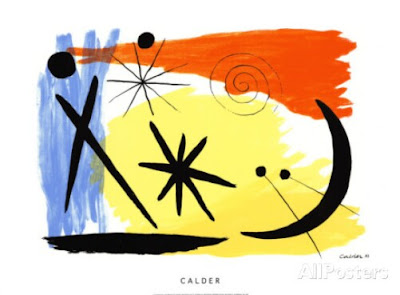20 July, Monday, will be an anniversary:
Apollo 11 was the spaceflight that landed the first humans on the Moon, Americans Neil Armstrong and Buzz Aldrin, on July 20, 1969, at 20:18 UTC. Armstrong became the first to step onto the lunar surface six hours later on July 21 at 02:56 UTC. Armstrong spent about two and a half hours outside the spacecraft, Aldrin slightly less, and together they collected 47.5 pounds (21.5 kg) of lunar material for return to Earth. The third member of the mission, Michael Collins, piloted the command spacecraft alone in lunar orbit until Armstrong and Aldrin returned to it just under a day later for the trip back to Earth. (Wikipedia)
So, in remembering that iconic event, a couple of items relating to the Moon would be apt.
First, from BBC website, 13 July 2015, by Richard Hollingham:
The new head of the European Space Agency has a plan – for humanity to build a ‘village on the Moon’. Richard Hollingham asks him why.
.....When I ask him about his intentions for Esa [European Space Agency], I expect a predictable and politically nuanced answer about the economic and social benefits of space or maybe the importance for science of exploring the unknown Universe. Instead, [Professor Johann-Dietrich] Woerner surprises me with a vision for a future of space exploration that is both ambitious and audacious.
“We should look to the future beyond the International Space Station,” he tells me. “We should look for a smaller spacecraft in low-Earth orbit for microgravity research and I propose a Moon village on the far side of the Moon.”
Yes, a village on the Moon.
Just the sort of daring vision that took Nasa from a standing start to the Moon in the 1960s, but today – possibly constrained by its political masters – the US space agency appears to be lacking ambition.

“A Moon village shouldn’t just mean some houses, a church and a town hall,” says Woerner. “This Moon village should mean partners from all over the world contributing to this community with robotic and astronaut missions and support communication satellites.....” Full article at link above.
Next a bit about a movie I've mentioned before:
MOON - the movie
The 2009 indie sci-fi film
Moon was co-written and directed by Duncan Jones (son of David Bowie).
The movie has echoes of
2001 A Space Odyssey, and a few other science fiction movies of the 1970s and '80s. It's difficult to describe the storyline without giving too much away. The general scenario is this:
At an undisclosed period in the future the world's energy problems have been solved. Sufficient energy is being produced by fusion reactors using helium-3 as fuel. Helium-3 is plentiful on the surface of the Moon. A corporation has set up shop on the far side of the Moon, collecting helium-3 from surface dust, using automated harvesters, then sending it back to Earth.
A lone human operative is necessary to collect the containers of helium-3, to put them in transit. Sam Bell, played with consummate skill by Sam Rockwell, is such an operative. As the movie opens he is working the last few weeks of a 3-year stint. He will have needed similar character traits to those of old-time lighthouse-keepers to withstand the lonely years.
In the base station, all-white environment, very reminiscent of the backdrops in
2001, Sam's only companion is a robot called GERTY, with the voice of Kevin Spacey. More echoes of
2001 and HAL. GERTY is a deal more friendly-seeming than HAL ever was, but it's left to the audience to decide whether this is simply another tool of manipulation used by the corporation. Sam receives regular video messages from his wife and young daughter, who wait for his return to Earth.
On one of his trips onto the Moon's surface to collect a filled cannister, while feeling unwell, he accidentally crashes his buggy into the harvester and passes out. When he recovers consciousness he's back at the base with GERTY tending him, telling him he has sustained a head injury.
To take the storyline beyond this point would involve giving away too much. Should a passing reader wish to know the rest it's available elsewhere on line via a click of the fingers on Google search box.
Sufficient to say that the movie becomes far more thought-provoking than one could possibly imagine from what I've revealed. The ending is satisfying. But you need to be quick to catch (what we heard as) the most subtle element of it.
What I got from
Moon, along with an enjoyable evening's viewing, isn't mentioned in any review I've seen: the frightening level of power held by "the corporation" at that point in the future. Perhaps Duncan Jones didn't have this particular point in mind when writing the story, back in the UK some years ago. Here in the USA, now, warning signals were flashing, for me. Give a corporation an inch and they'll take a yard. They already have taken several yards and miles here in the USA! Life sometimes imitates art.


















































